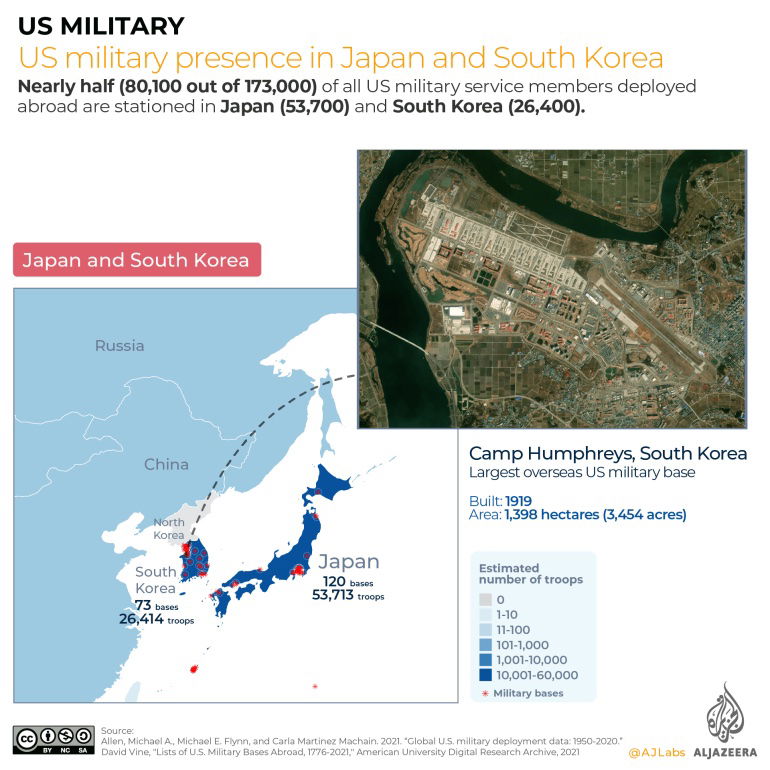History - Fall 2024 - Week Final
HISTORY of Japanese Business: Monday 4th Period (月)4限
MONDAY History (Fall 2024)
下記の方法に従うこと
READ THE DIRECTIONS
WEEK FinalHistoryJanuary 6 [月] ~ January 20 [月] |
2024 Fall SemesterHistory Class Schedule (Monday)Online class ≠ holiday! | |
| Day | Location |
| 9/23 | 6009 教室 |
| 9/30 | 6009 教室 |
| 10/7 | 6009 教室 |
| 10/14 School holiday | no classes at KU |
| 10/21 (+) | 6009 教室 |
| 10/28 (+) | 6009 教室 |
| 11/4 School holiday | no classes at KU |
| 11/11 | website (online) オンライン |
| 11/18 (+) | 6009 教室 |
| 11/25 | 6009 教室 |
| 12/2 | 6009/hybrid |
| 12/9 | 6009 教室 |
| 12/16 | 6009 教室 |
| 12/23 | website (online) オンライン |
| 12/30 School holiday | no classes at KU |
| 1/6 | website (online) オンライン |
| 1/13 School holiday | no classes at KU |
| 1/20 Final Due | website (online) オンライン |
FINAL ASSIGNMENTS |
Three (3) Writing Assignments |
Assignment 1 (REQUIRED) |
Assignment 2 (REQUIRED) |
Assignment 3 (REQUIRED)(Choose Option 1 or Option 2) |
ASSIGNMENT 1Shun Quit His JobVideo & Critical WritingComplete : 提出期限January 20 (9pm) (Monday) 1月20日 (21:00) (月) | ||
| This video is from a Japanese YouTuber who quit his corporate job. He gives a short but accurate explanation of jobs and work culture in Japan. | ||
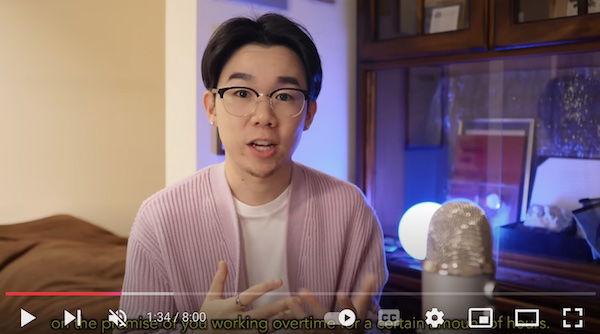 |
| |
Assignment 1Critical Response: > 125 wordsIn at least 125 words, do you understand the information and critical assessment that the Japanese YouTuber is presenting? How does his assessment affect labor in Japan today and for the future? Was he right to quit his job? If your home country is not Japan, then are there any similar working conditions in your country? | ||
ASSIGNMENT 2Why Japan Could Rise AgainVideo & Critical WritingComplete : 提出期限January 20 (9pm) (Monday) 1月20日 (21:00) (月) | ||
| This video discusses four structural problems in the Japanese economy. It also suggests how Japan can overcome these problems, starting with increased direct foreign investment. FDI (Foreign Direct Investment) in Japan is quite low compared to other countries. The Japanese government has made it rather difficult for foreign investors to invest directly in Japanese businesses or do things like open factories. In this video, the speaker suggests that Japan could pull out of its economic slump by making FDI more attractive to foreign investors. | ||
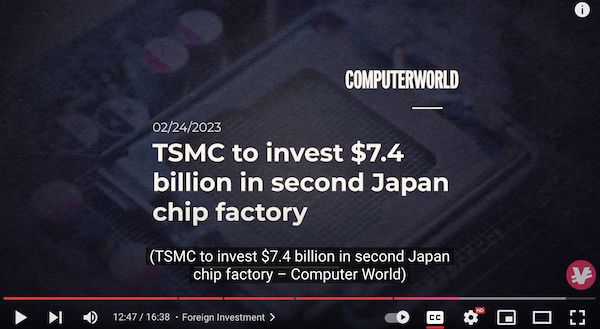 |
| |
Assignment 2Critical Response: > 200 words -In at least 200 words, do you understand the information and critical assessment that the YouTuber is presenting? -What are the four structural problems with Japan's economy? -How can Japan potentially improve its economic situation in the future? -Is FDI (DFI) a real option for Japan? Or is there too much cultural/social/bureaucratic resistance from within Japan? -If your home country is not Japan, then are there similar situations or economic issues in your home country? | ||
ASSIGNMENT 3Video & Critical WritingTWO OPTIONSChoose ONE: 3.1 or 3.2Complete : 提出期限 January 20 (9pm) (Monday) 1月20日 (21:00) (月) | |
ASSIGNMENT 3.1(Option 1)Problems with Japan's EconomyWatch at least one video AND do Assignment 3.1 | |
| These videos are related to Japan's Price Asset Bubble of the 1980s-1990s and the problems, such as corruption, that emerged from the financial crisis. Most of these problems still affect Japan today. | |
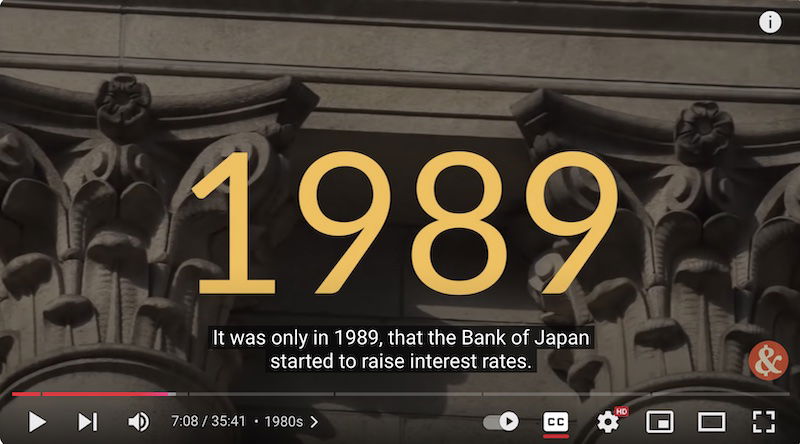 | How a Superpower Fell from Grace (35 min.) A complete understanding of Japan's Bubble economy |
| The Lost Decade (27 min.) Another version about the Buuble | |
| The Lost Generation (12 min.) Workers after the Bubble | |
| Japan's Semiconductor Industry (12 min.) | |
| Olympus (corporate) Scandal (18 min.) | |
Assignment 3.1Critical Response: > 200 wordsIn at least 200 words, how do you critically understand the video that you watched? How do the problems or issues in the video affect Japan today and how might they affect Japan in the future? If your home country is not Japan, then do you have a similar situation in your home country? | |
ASSIGNMENT 3.2(Option 2)Social and Work Problems in JapanWatch at least one (1) video AND do Assignment 3.2 | |
| These videos are about various social and/or work issues in Japan. They concern problems related to culture and social psychology. | |
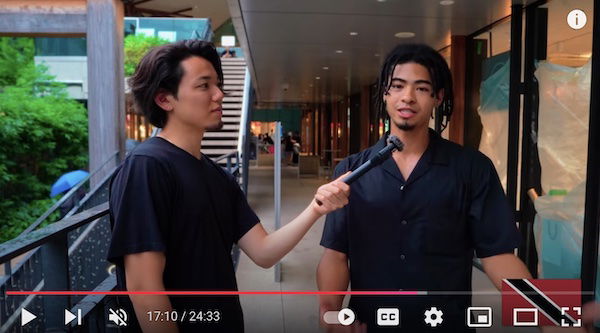 | Being Half Japanese in Japan (24 min.) Mixed ethnicity |
| Death by Overwork (Kuroshi) (in German) (Deutsch/ドイツ語) (24 min.) Video on excessive working hours in Japan | |
| Evaporated People: Social Drop Outs (17 min.) People who quit society | |
| Standing Women Problem (18 min.) Exploitation of young women | |
Assignment 3.2Critical Response: > 200 wordsIn at least 200 words, how do you critically understand the video that you watched? How do the problems or issues in the video affect Japan today and how might they affect Japan in the future? If your home country is not Japan, then do you have a similar situation in your home country? | |
Class ScheduleHistory 2024 | |
September 23 [week 1] (15:20~17:00)Japan: General Themes in History -Various themes from ancient times to the present -Economic History of Japan | |
September 30 [week 2] (15:20~17:00)Japan: Foreign Technologies & Influences -China, Korea, Portugal, Holland, USA -rice, tea, silk, writing, guns, Buddhism, neo-Confucianism -Tokugawa regime (bakufu); daimyo | |
-> Imperial Japan 1868-1945 <- | |
October 7 [week 3] (15:20~17:00)Meiji Era 1870s~1910s -Meiji Restoration; changes to nation -Tokugawa vs. Meiji economic, political & social organization -"Western learning" through the Japanese lens -rapid industrialization; zaibatsu ("financial cliques" = monopolies) -steel; shipbuilding; textiles -wars: China & Russia; annexation of Taiwan & Korea -industrial boom due to WWI video: zaibatsu illustration (6 min.) Class PDFs | |
October 14 is KU holiday: no classes | |
October 21 [week 4] TWO PARTS(PART 1) (required 70 min.) 15:20~16:30 1920s & 1930s -economy and politics after WWI; the 1920s-30s -consumer product markets: cosmetics; clothes, cars -birth of Toyota, Nissan, etc. -zaibatsu expansion -"new zaibatsu" and growth of militarism & global crises -banking crisis of 1927 (general) 昭和金融恐慌 Shōwa Kin'yū Kyōkō -Economist article: The Problem with the Meiji Period (PART 2) (EXTENDED LECTURE) (optional 60 min.) 16:40~17:40 -economy and politics in the 1920s-30s -global crises increase zaibatsu and militarism -details about internal & external conflicts -Japan's actions in China (1931~onward) -Second China-Japan War (1937-1945) Bloody Saturday (baby bombed photo) | |
October 28 [week 5] TWO PARTS(PART 1) (required 70 min.) 15:20~16:30 -Shiseido (Cosmetics) [case study of peacetime industry] -democracy, labor, peacetime economy 1923-36 -Japan's wartime economy, 1937-45 -war benefits zaibatsu, Toyota, Nissan, etc. -how the war affects issues today Asia-Pacific War (1937-1945) -War 1937-1945 (map of each day: video) (PART 2) (EXTENDED LECTURE) (optional 60 min.) 16:40~17:40 -details about the relationship between Japan & USA -details about the Pacific War -U.S. campaign in the Pacific -the atomic bombs and impact -"Downfall" by Richard Frank (End of the Japanese Empire) -Asia-Pacific War: Death Tolls & Actual Focus -WWII in the Pacific (1941-1945) | |
November 4 is KU holiday: no classes | |
-> Japan after 1945 <- | |
November 11 [week 6] = Website (online)Two videos: about postwar Japan & about SONY --web assignments | |
November 18 [week 7] TWO PARTS(PART 1) (required 75 min.) 15:20~16:35To understand Japan today, it is important to understand Japan after 1945. 1945-1960: Postwar occupation and recovery -current economic complexity - Japan -economic and political rebuilding (economic & political ideologies) -new constitution (1947) and industrial institutions (zaibatsu -> keiretsu) -developing close ties with the U.S. -war in Korea drives recovery in Japan -NTT from AT&T -birth of Sony, Honda, & Japan becomes exporter -evolution of Yamaha (PART 2.1) (optional 60 min.) 16:45~17:45Cold War in East Asia 1945-1991 (PART 1) -political, economic, & military conflicts of the period -revolution in China -polarized region: China & USSR vs. USA, Japan, allies -post-colonialism & revolution; violence & genocide -war in Korea: revolution in Indonesia; war in Vietnam; genocide in Cambodia Cold War in East Asia 1945-1991 (PART 2): More details, questions, etc. | |
November 25 [week 8](PART 1) (required) 15:20~16:551960s & 1970s -High-Growth Period of 1960s-70s -two economies: old industrialist vs. new consumerist -the new efficient business model -the new Japanese management model (Meyer's Culture Map) -Toyota Production System -creating the world's 2nd largest GDP -oil & automobiles, electronics (exports) (PART 2)(optional) 17:05~17:45Extra discussion and details about this period | |
December 2 [week 9] = 6009 / hybrid classEach student can choose one option for themselves: class OR online (1) Room 6009: History of women in Japan (15:20~17:00)-themes and topics from history that are important today -women in business and politics -working, labor: career statistics -Japanese women in the arts -geisha [geiko] vs. maiko -Japanese patriarchy & family system -family -women under the law (sex crime statistics) Extra discussion and details about this topic (2) Website-hybrid: Online Subjects -videos and reading on economic topics -online assignment | |
December 9 [week 10] (15:20~17:00)Bubble economy バブル経済 (1980s-90s)-Japan's economy in the 1980s-90s -management styles & philosophies -effects on Japan since year 2000 | |
December 16 [week 11] (15:20~16:35)Entertainment industry (exporting)-entertainment industry (exports) -film, anime & manga (industrial report) -Kurosawa, samurai films, Godzilla (ゴジラ) Walking Tour of Yokohama Harbor -history in Yokohama on foot -Traditional Port Area & Yamashita Park | |
December 23 [week 12] = Website (online)Honda --web assignment | |
December 30 is KU holiday: no classes | |
January 6 [week 13] = Website (online)Videos and critical writing on economic, working, and social issues since the 1990s --web assignments | |
January 13 is KU holiday: no classes | |
January 20 [week 14] = Website (online)--FINAL ASSIGNMENTS due | |


